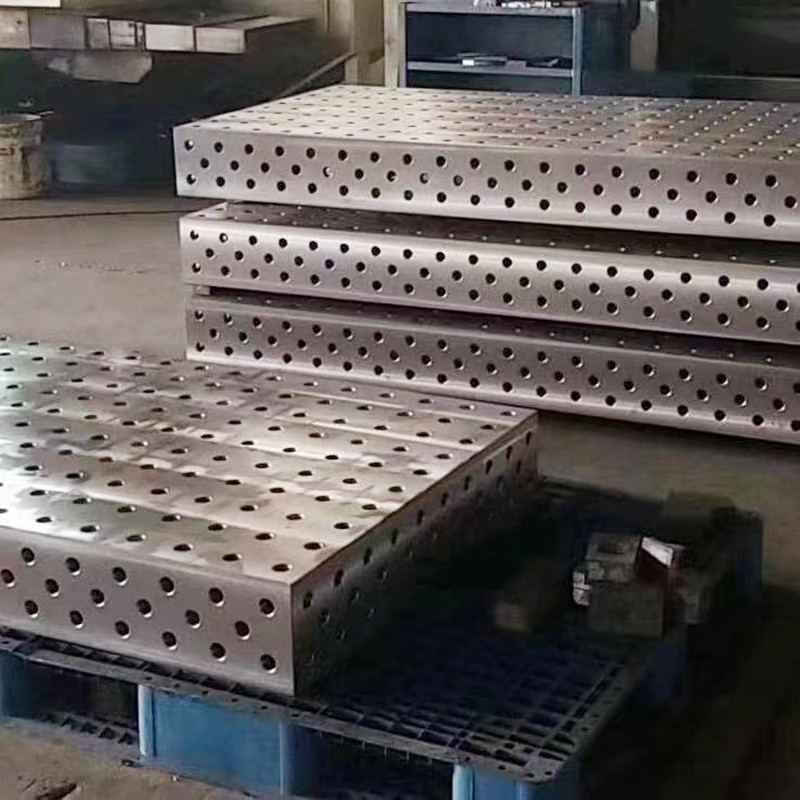Dec . 03, 2024 23:19 Back to list
Essential Guide to Sheet Metal Fabrication Techniques and Tools
An Overview of Sheet Metal Fabrication
Sheet metal fabrication is a vital process widely used in various industries, including automotive, aerospace, construction, and electronics. This method involves the transformation of flat metal sheets into specific shapes and designs through techniques such as cutting, bending, and assembling. Given its importance in manufacturing, understanding the sheet metal fabrication process, its applications, and the tools involved is crucial for both engineers and end-users.
The Basics of Sheet Metal Fabrication
Sheet metal fabrication begins with the selection of raw materials. Common metals used in this process include steel, aluminum, copper, and brass. These materials are chosen based on their specific properties and the requirements of the final product. The thickness of the metal sheets typically ranges from 0.006 inches to more than 0.25 inches, allowing for versatility in design and application.
The fabrication process can be broken down into several key steps
1. Design and Prototyping Before any physical work begins, a design is created, usually with the help of CAD (Computer-Aided Design) software. This allows engineers to visualize the end product and make necessary adjustments before moving to production.
2. Cutting Once the design is finalized, the next step is cutting the metal sheets to size. Various cutting methods can be employed, including laser cutting, water jet cutting, plasma cutting, and shearing. Each method has its advantages, such as precision or speed, making the selection dependent on the specific requirements of the project.
3. Bending After cutting, the metal pieces often require bending to achieve the desired shape. This process typically employs a machine called a brake press, which applies force to the metal sheet along a predetermined line to create folds or bends. The bending process must be precise, as inaccuracies can lead to misaligned parts in the final assembly.
4. Assembly Once the individual components have been cut and bent, they are assembled. This can be done through welding, rivets, or adhesive bonding, depending on the strength and type of connection required. Welding is often preferred due to its ability to create strong, permanent joints.
sheet metal fabrication table

5. Finishing The final step in sheet metal fabrication is finishing, which may involve processes like grinding, polishing, or applying coatings to enhance appearance and protect the metal from corrosion. Surface treatments can significantly affect the longevity and aesthetics of the final product.
Applications of Sheet Metal Fabrication
Sheet metal fabrication is integral to many sectors. In the automotive industry, for example, it is used to produce a wide range of components such as body panels, frames, and chassis. The aerospace sector relies on it for lightweight parts that meet strict safety and performance standards. In construction, sheet metal is commonly used for roofing, siding, and ductwork. Additionally, the electronics industry utilizes sheet metal fabrication for housing and components of various devices.
Advantages of Sheet Metal Fabrication
There are several advantages to utilizing sheet metal fabrication. First and foremost is cost-effectiveness. Because processes can be automated and materials can be easily sourced, production costs are often lower compared to other manufacturing techniques. Moreover, sheet metal fabrication allows for high precision and repeatability, making it suitable for both one-off projects and mass production.
Another advantage is material efficiency. Sheet metal can be cut and shaped with minimal waste, making it an environmentally friendly option. Additionally, the durability of metal components ensures that products have longer lifespans and better performance.
Conclusion
Sheet metal fabrication is a critical manufacturing process with broad applications across various industries. Its versatility, efficiency, and cost-effectiveness make it a preferred choice for many engineering solutions. As technology advances, new techniques and tools continue to emerge, enhancing the ability to produce intricate designs with precision and speed. Understanding the nuances of sheet metal fabrication can help companies leverage its benefits and improve their manufacturing processes, ultimately leading to better products and increased competitiveness in the market. Whether for small-scale projects or large-scale production, mastering the art and science of sheet metal fabrication remains an essential skill in today's manufacturing landscape.
-
Precision Manufacturing with Advanced Spline Gauge DesignNewsJul.31,2025
-
Industrial-Grade Calibrated Pin Gauges for Exact MeasurementsNewsJul.31,2025
-
Industrial Filtration Systems Depend on Quality Filter DN50 SolutionsNewsJul.31,2025
-
High-Performance Gate Valve WholesaleNewsJul.31,2025
-
Granite Surface Plate The Ultimate Solution for Precision MeasurementNewsJul.31,2025
-
Granite Industrial Tools The Ultimate Guide for Bulk BuyersNewsJul.31,2025
Related PRODUCTS









